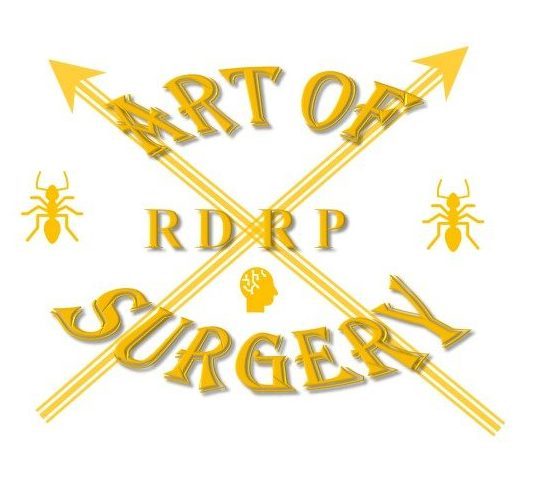Personal Notes on technique for LRYGB
Start the operation by taking a look around to ensure there aren’t too many adhesions and that you can identify the DJ flexure and small bowel is mobile
If its a difficult case, start by dividing the omentum from the free edge down to the transverse colon (make a transverse division at the colon as well to increase the space for the small bowel). This helps to ease into the operation.
You can either divide the peritoneum at angle of His right at the start or after firing a couple of staples.
Dividing the peritoneum at Angle of His:
Get assistant to pull the fundus laterally as high as possible. Stay ON THE left crus and dissect off the fat. When using the goldfinger, poke up and down as well as side-to side to create as much space as possible.
Creating the pouch:
When making a window into the lesser sac along the lesser curve, keep the window small (get assistant to lift the edge of the stomach towards the anterior abdominal wall and use the harmonic to work laterally along posterior wall), otherwise the pouch will keep twisting because no peritoneum will keep it in the correct orientation.
When firing the first staple-line: articulate the stapler slightly by rotating the stapler and using the right hand instrument to push (DON’T PULL) the blades down. Check that you’re not going to transect the stomach completely before firing.
When joining the posterior space to the angle of His, take the posterior gastric artery and aim for more medial than you think. If you’ve created an appropriate tunnel from the anterior angle of His with the goldfinger, then just sweeping downwards movements should open the window.
Give a full 30 seconds before firing the final stapler across angle of His, because this is most likely to bleed.
Hold the stapler up towards the anterior abdominal wall to not damage the spleen.
Jim cuts off the corner of the pouch between the first and second staple lines (? most ischaemic bit) whereas Alan cuts in the middle of the first staple line. CHECK THE POUCH ISN’T TWISTED AT THE POINT OF CREATING THE GASTROJEJ!
Always ensure DJ flexure is identified correctly and when counting 80cm, make sure you DO NOT LOSE SIGHT OR DROP the small bowel. Move the bowel in a clockwise fashion!
The orientation of the small bowel at the point of firing is ESSENTIAL!! : At the gastrojej anastomosis, the biliary limb should be running from cranial to caudal (and from screen right to left). At the jej-jej anastomosis, the alimentary limb should be running from cranial to caudal also (but from screen left to right).
When placing the stapler into the small bowel, make sure the assistant and you are holding the bowel in as far as possible in the correct direction and THEN insert the stapler (all the way otherwise it will not open entirely), before manipulating the enterotomy ONTO the blue blade. Get the assistant to let go after the blade has entered all the way and then get them to hold the corner of the pouch and retract downwards whilst the smaller blade is inserted into it.
Close the gastrojejunostomy using 23cm 3-0 VLoc, double layer. (REF: methods for gastrojej closure)
Once you’ve completed the gastrojej, the next immediate step is to make the hole in the biliary limb in preparation for the jej-jej.
Counting the alimentary limb: 120cm. Move the small bowel in an anti-clockwise fashion. Hold the small bowel between the assistant and yourself horizontally to make the enterotomy but then the assistant has to hold the small bowel DOWN, so that the direction of peristalsis is screen top-left to bottom-right. Both of you move as far in as possible so that the stapler goes in all the way in to open.
Once loaded onto blade, get the assistant to hold the biliary limb just below the hole, and then move the stapler into load that limb too.
Hold the stapler towards the anterior abdominal wall so that the bowel limbs hang off the blades, allowing the anti-mesenteric border to come to the top. Keep the blades partly closed when bringing them out so that the enterorotomy isn’t too large to close.
Closing the jej-jej enterotomy using 15cm 3-0 VLoc: REF JEJ-JEJ closure
Then close the small bowel mesenteric defect by moving the upgoing alimentary limb to the jej-jej towards screen right, and staple the defect closed.
Make a hole in the mesentry between the 2 anastomoses and divide by firing a white stapler.
